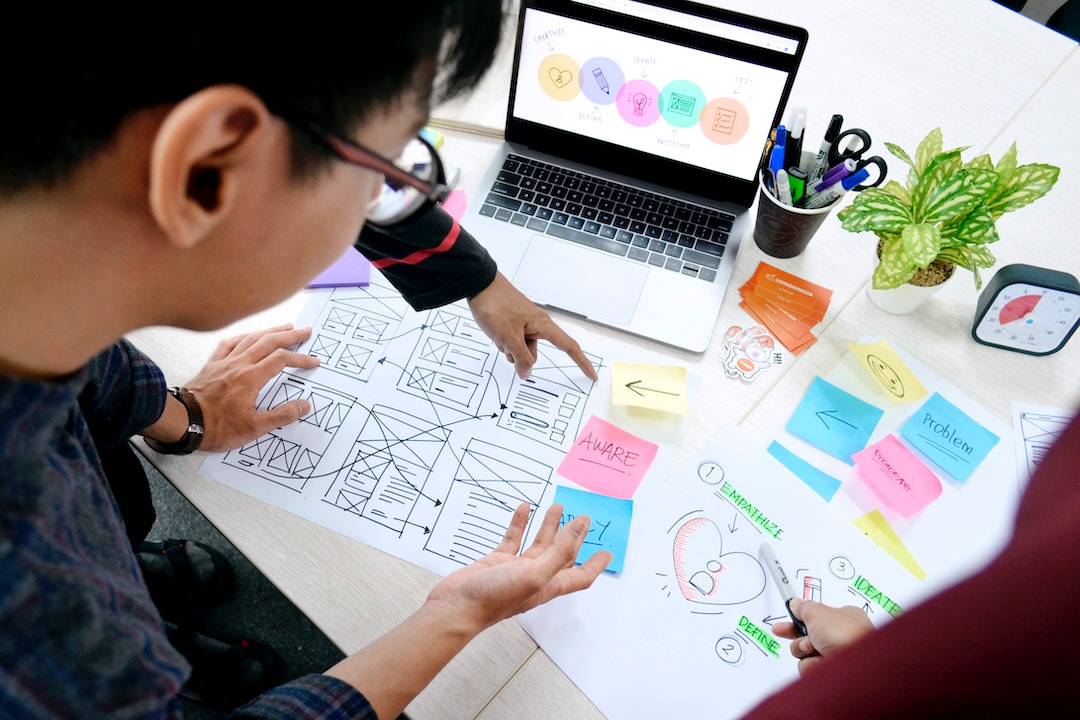Exploring the Intersection of Art and Technology: Digital Art and Design
Art has always been an expression of human creativity and imagination. From cave paintings to Renaissance masterpieces, artists have utilized different mediums to bring their visions to life. In recent times, the advent of technology has revolutionized the way we create and experience art. The emergence of digital art and design has blurred the boundaries between traditional art forms and technology, resulting in a vibrant and dynamic artistic landscape.
Digital art encompasses various forms of artistic expression, including but not limited to digital painting, 3D modeling, animation, and virtual reality. With the aid of digital tools and software, artists are able to manipulate visual elements, experiment with different compositions, and create immersive experiences that were once unimaginable. This intersection of art and technology has opened up a world of possibilities, allowing artists to push the boundaries of their creativity.
One of the major advantages of digital art is its accessibility. Unlike traditional forms of art, which often require expensive materials and specialized training, digital art can be created with a computer and basic software. This democratization of art has empowered a new generation of artists who may not have had access to traditional art supplies or education. Consequently, we are witnessing a diversification of artistic voices and perspectives, with artists from all backgrounds using digital tools to express their unique visions.
Moreover, digital art has also enabled artists to reach a global audience. Through social media platforms, such as Instagram and Twitter, artists can share their work with millions of people around the world, breaking down geographical barriers and fostering an inclusive artistic community. This has not only facilitated the exchange of ideas but has also challenged established notions of what constitutes art, as artists experiment with new forms and styles.
One of the most exciting developments in the field of digital art is the integration of technology, such as virtual reality (VR) and augmented reality (AR), into the artistic process. Artists can now create immersive experiences that transport viewers into alternate realities, blurring the line between the physical and the virtual. These experiences challenge our perception of art, transforming it into a multisensory and interactive medium. VR exhibitions and installations have gained popularity in recent years, allowing visitors to fully immerse themselves in the artwork and engage with it on a deeper level.
The intersection of art and technology has also given rise to new career opportunities in the field of digital art and design. With the increasing demand for digital content and visual communication, designers who are proficient in digital tools and software are in high demand. From graphic design to animation and user interface design, there are numerous avenues for artists to explore and showcase their skills.
However, with the proliferation of digital art, questions regarding authenticity and originality have emerged. As digital tools become more sophisticated, the line between original art and digital replication becomes blurred. How can we distinguish between an original digital artwork and a mere copy? This is a challenge that artists, critics, and collectors must grapple with as the field of digital art continues to evolve.
In conclusion, the intersection of art and technology has revolutionized the way we create and experience art. Digital art and design have opened up new possibilities for artistic expression, making art more accessible and interactive. The integration of technology, such as VR and AR, has transformed art into a multisensory experience, pushing the boundaries of creativity. While challenges regarding authenticity and originality persist, the impact of digital art on the artistic landscape cannot be denied. As technology continues to advance, it will be fascinating to see how artists leverage these tools to reshape the future of art and design.

